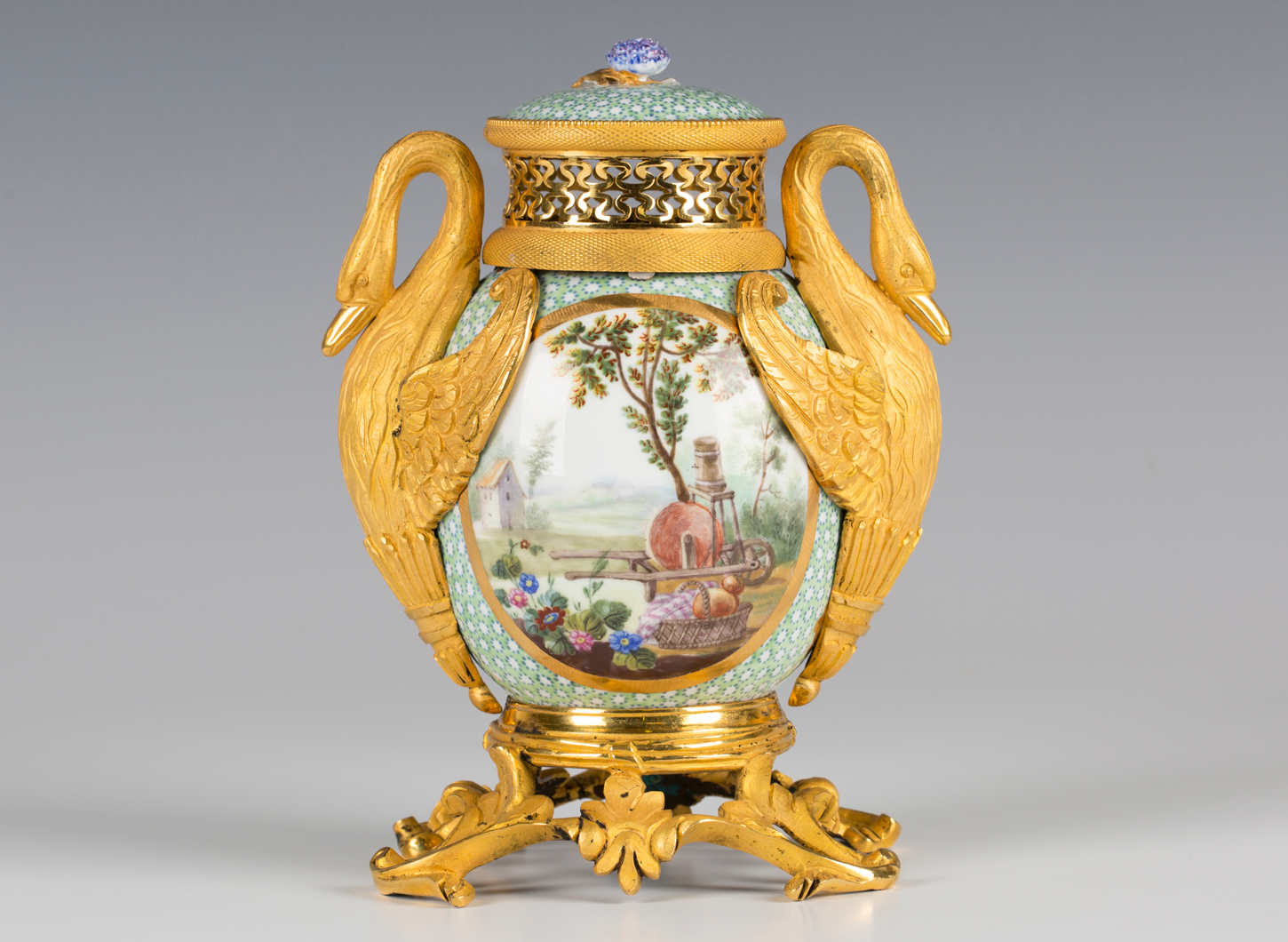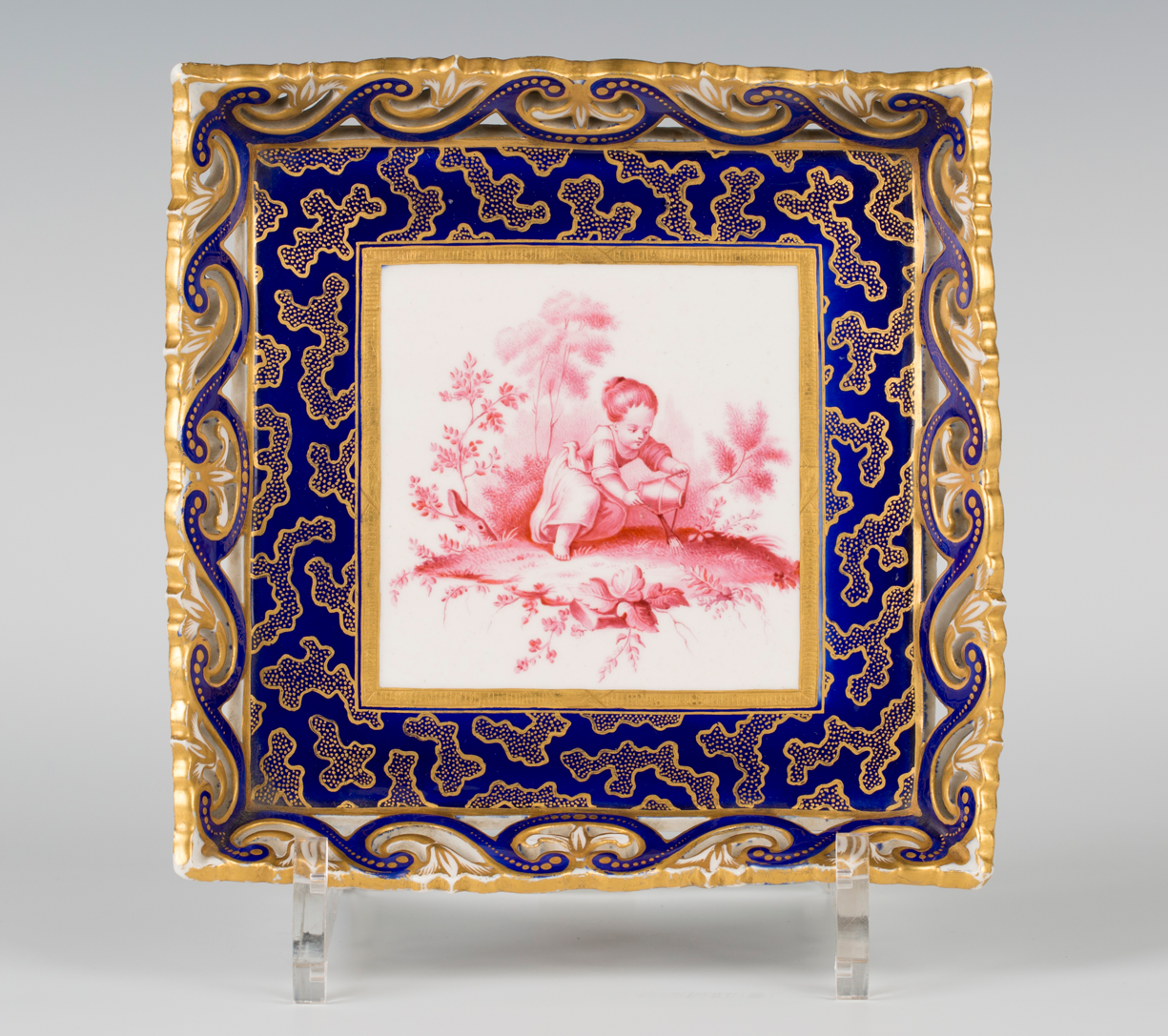
Beautiful objects have the power to transform our lives and lift our spirits and examples of Sèvres porcelain, particularly from the 18th century, fall into this category.
The French porcelain factory which became Sèvres began at Vincennes in 1738. The French nobleman Orry de Fulvy employed the runaway workers, Gilles and Robert Dubois, from Chantilly at the chateaux Vincennes, near Paris. In 1745 a company was formed and King Louis XV granted a royal privilege granting Vincennes an exclusive right to make porcelain decorated with figures and gilding. The privilege even prevented Vincennes workers being employed elsewhere.
In 1756 the manufactory was moved to new buildings at Sèvres. Success in making hard-paste porcelain of the type produced by Meissen and the Chinese remained elusive despite large sums of money being paid, often to false arcanists. In 1769 they achieved their goal, though little hard paste porcelain was made until 1772. Those pieces that were, were marked with interlaced L’s beneath a crown. The interlaced L mark was used at Sèvres in various forms until 1793.
The ormolu mounted Sèvres porcelain potpourri vase and cover dating from around 1780 with its pale green pointillé ground body, reserved to each side with gilt edged frames enclosing still lifes of gardening tools and utensils is painted in the style of André-Vincent Vielliard pêre (1717-1790) who was recorded at both Vincennes and Sèvres as a painter of figures, landscapes, patterns and flowers.
The ormolu mounts are in the style of artist and designer Jean Claude Thomas Chambellan Duplessis (c.1730-1783). The exquisitely modelled swan handles with outstretched wings beneath the pierced ormolu neck and the pierced rococo foliate scroll ormolu base add to the richness of this small jewel like piece.

The Sèvres porcelain plateau carré is earlier dating from around 1758. It is painted by André-Vincent Vielliard pêre in pink with a scene of a young girl in a garden. The blue border is delicately overlaid with gilt stippled coral branches, beneath a pierced Vitruvian scroll rim heightened in blue and gilt. Marked to the base with typically enamelled blue interlaced ‘L’s, it also bore the artist’s monogram.
Both pieces were sold in Toovey’s specialist auctions of English and European Ceramics. Prices for examples of this quality range from the high hundreds into the thousands of pounds.
It seems to me that it is part of our human purpose to make beauty in the world and it is right, therefore, that we should celebrate it.